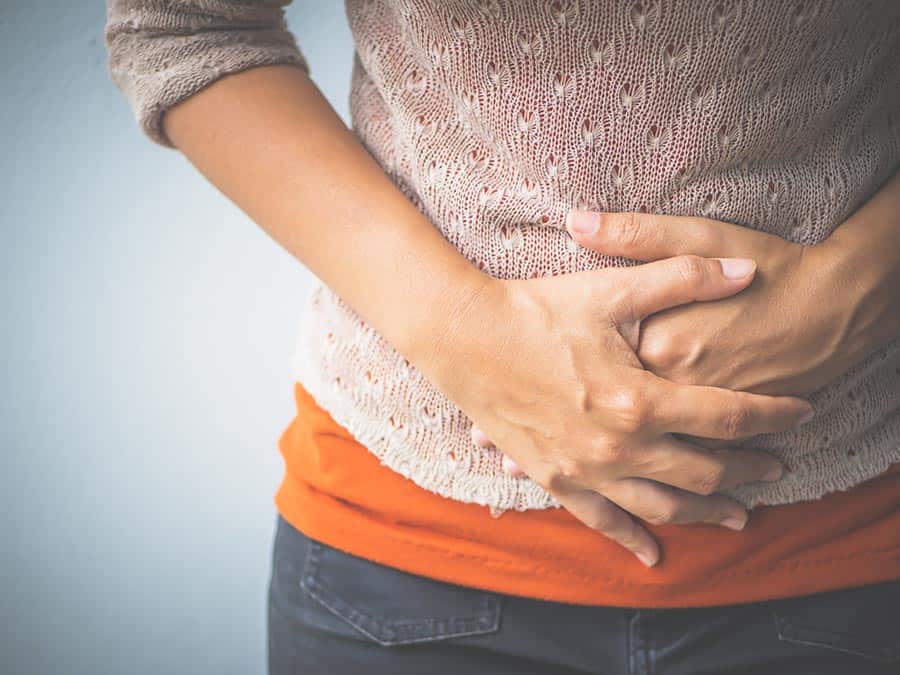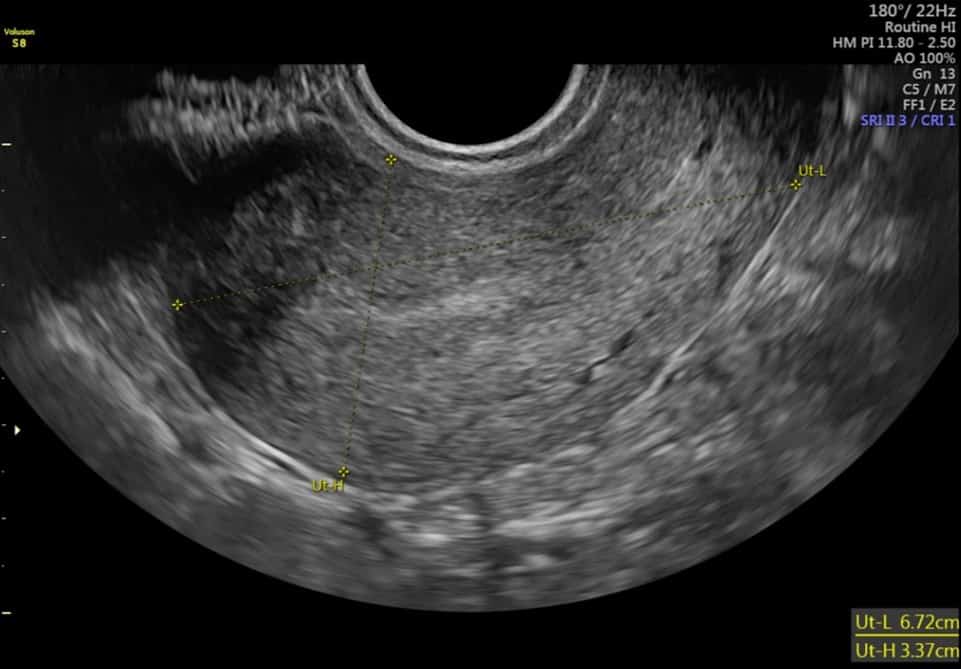Heavy and Painful Periods
Approximately 7 in 10 women experience moderate or significant pain with periods (dysmenorrhea). Heavy menstrual bleeding (menorrhagia) is also a relatively common condition and is one of the most frequent reasons women will make an appointment to see their gynecologist. Both conditions can become severe enough to disrupt a woman’s daily life, causing her to miss school or work or dread her next period.
What causes heavy and painful periods?
Heavy and painful cycles can be caused by overlapping underlying conditions. For heavy periods, common culprits include:
- Uterine fibroids
- Adenomyosis
- Endometriosis
- Ovarian cysts
- Polycystic ovary syndrome (PCOS)
- Bleeding disorders
- Endocrine issues (such as hypothyroidism)

For painful periods, the most common causes are endometriosis, adenomyosis, uterine fibroids and inflammation of the uterine lining (chronic endometritis).

What are the symptoms of heavy and painful periods?
Women with painful periods often first notice symptoms as adolescents, but the condition can develop at any time. Typically, the pain is described as crampy and can range in intensity from a dull ache to severe debilitating pain.
Women with heavy cycles can sometimes experience such significant bleeding that they might soak through pads or tampons every hour for multiple hours in a row, bleeding may last more than seven days, and women can frequently pass clots during their periods. Women with heavy periods can also feel fatigued and become anemic. In severe cases, some women may even require a blood transfusion or emergency surgery due to heavy bleeding.
How are heavy and painful periods diagnosed?
The common underlying causes of heavy and painful cycles are relatively easy to diagnose. Diagnostic tests may include:
- Blood tests (complete blood counts, thyroid testing, evaluation for bleeding disorders)
- Ultrasounds (evaluate uterus for fibroids or adenomyosis)
- Office hysteroscopy (procedure to visually assess the inside of the uterus)

How are heavy and painful periods treated?
Gynecologists typically prescribe birth control pills or some other form of hormonal suppressive treatment to control heavy or painful cycles. While this may help improve symptoms, it fails to address the underlying problem. Instead, targeted medical and surgical treatments can correct these issues with great success.
Medications are used to treat thyroid conditions, chronic endometritis and other inflammatory conditions. A change in diet can decrease inflammation as well, leading to lighter or less painful periods.
Surgery is also an effective treatment for some causes of heavy or painful cycles. Laparoscopic surgery is used to both diagnose and treat endometriosis, and 90% of patients who undergo laparoscopic removal of endometriosis experience a significant reduction in pain and have much lighter flow with their periods. Uterine fibroids and adenomyosis can also be removed surgically without the need for hysterectomy when the surgery is performed by a laparoscopic surgeon with experience treating these conditions.

Our Approach
Veritas Fertility & Surgery provides a comprehensive diagnostic evaluation for women with heavy or painful cycles, ensuring that conditions that are typically overlooked such as endometriosis or chronic endometritis are fully investigated. This process allows us to identify and treat the underlying issues rather than relying on hormonal suppressive treatments. We offer real solutions, not band-aid treatments.
While many surgeons offer open abdominal incision surgery for the treatment of fibroids, the doctors at Veritas Fertility and Surgery perform laparoscopic surgery to treat uterine fibroids, adenomyosis and endometriosis. This minimally invasive approach provides patients with a safer surgery and drastically reduces the amount of time needed to recover from surgery.
